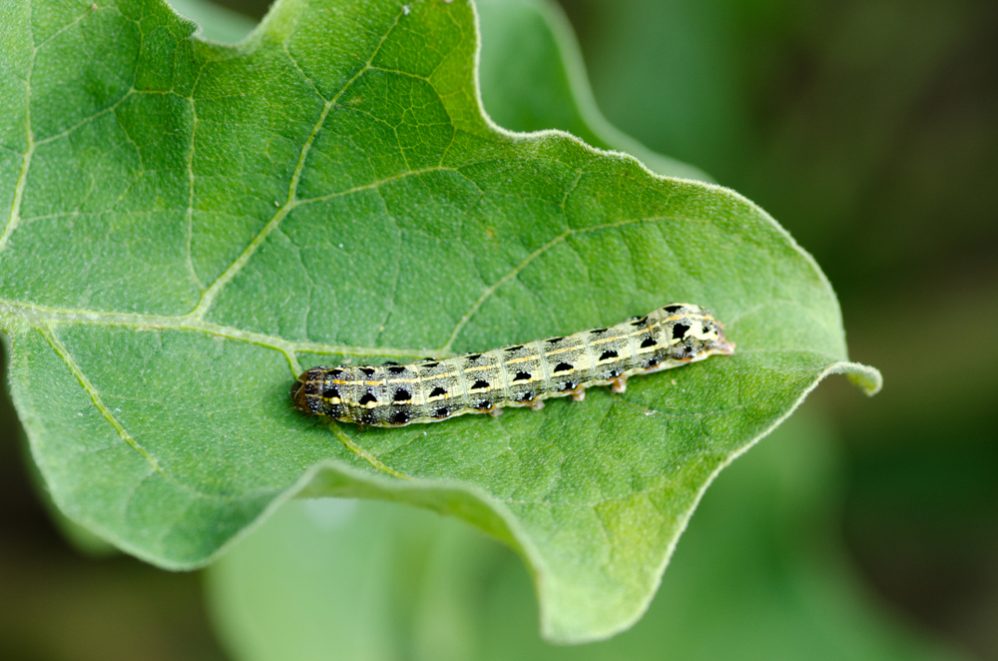

Cutworm Control – How to Get Rid of Cutworms They are rarely a problem after the spring growing season. These pests are most active in the morning and evening and very active in the spring. They feed right above or right below the soil surface, and sometimes don’t cut the plant all the way, leaving wilted, droopy plants in their wake. Often, damage occurs on vegetable seedlings when the plants are small and tender, early in the growing season. Cutworm DamageĬutworms feed on a wide range of plants, commonly: asparagus, beans, cabbage, carrots, celery, corn, lettuce, peas, peppers, and tomatoes, and many other weeds and flowers. They can have up to three generations in a year and often overwinter in weedy areas, grassy fields, or pastures. These larvae can lay hundreds of eggs in small clusters or singly on low growing plants or near plant materials. Adult moths are mottled with black and brown or black and white. Some are dull and some are shiny and are about 2 inches long. Cutworms can vary in appearance, from brown, black, tan, pink, green and gray.

They get their name from the damage they cause, feeding below or right above the soil surface. + Read More Cutworm Appearance and Life CycleĬutworms, similar to armyworms, are the larvae caterpillars of several species of moths.


 0 kommentar(er)
0 kommentar(er)
